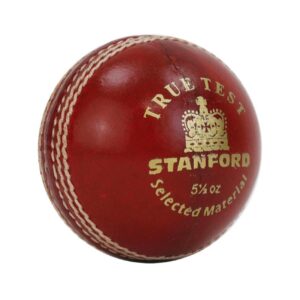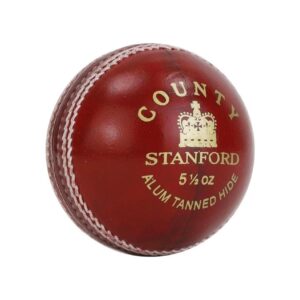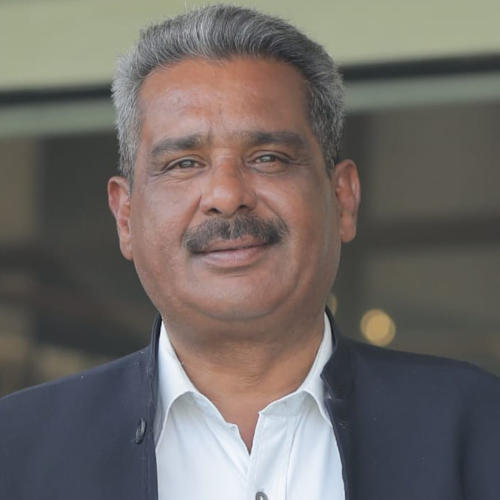Fastest Ball in Cricket History: The True Story Behind Cricket’s Quickest Deliveries
In cricket, speed is more than just a number—it’s a weapon. Fast bowlers have the power to turn the game with just one ball. Their deliveries can surprise batsmen, thrill crowds, and even break records.
But out of all the fiery fast bowlers in the world, who bowled the fastest ball in cricket history? What was the top speed ever recorded? And how close are others to breaking that record?
Let’s dive into the world of pace bowling and explore everything about the fastest deliveries ever bowled in cricket.
What Is the Fastest Ball in Cricket History?

The fastest ball ever bowled in cricket history was by Shoaib Akhtar, a former fast bowler from Pakistan. He delivered this record-breaking ball during a One Day International (ODI) match against England in the 2003 World Cup.
Speed of the delivery: 161.3 km/h (100.23 mph)
Match: Pakistan vs England
Date: February 22, 2003
Location: Cape Town, South Africa
This delivery stunned both the batsman and viewers around the world. It wasn’t just fast—it was historic. Since then, many have tried, but no one has officially beaten this record.
Top 10 Fastest Deliveries in Cricket History
Here’s a list of the top fastest deliveries in international cricket, based on official records:
| Rank | Bowler | Speed (km/h) | Match Format | Opponent | Year |
|---|---|---|---|---|---|
| 1 | Shoaib Akhtar | 161.3 | ODI | England | 2003 |
| 2 | Shaun Tait | 161.1 | ODI | England | 2010 |
| 3 | Brett Lee | 161.1 | ODI | New Zealand | 2005 |
| 4 | Jeff Thomson | 160.6 | Test | West Indies | 1975 |
| 5 | Mitchell Starc | 160.4 | Test | New Zealand | 2015 |
| 6 | Andy Roberts | 159.5 | Test | England | 1975 |
| 7 | Fidel Edwards | 157.7 | Test | South Africa | 2003 |
| 8 | Anrich Nortje | 156.2 | T20(IPL) | Rajasthan Royals | 2020 |
| 9 | Dale Steyn | 156.2 | ODI | New Zealand | 2010 |
| 10 | Wahab Riaz | 154.5 | ODI | Australia | 2015 |
These bowlers are known for pushing the limits of speed in cricket and have written their names in history with their fast deliveries.

Fastest Ball by an Indian Bowler
India may be known more for spin and swing, but in recent years, fast bowling has grown strong. Among Indian pacers, Umran Malik currently holds the record for the fastest ball in cricket history India has seen.
Umran Malik’s fastest ball: 157 km/h (IPL 2022)
Other top Indian speedsters include:
- Varun Aaron – 152.5 km/h
- Ishant Sharma – 152.6 km/h
- Javagal Srinath – 154.5 km/h
- Irfan Pathan – 149 km/h
India is producing young fast bowlers who are now competing at world levels.
How Bowling Speed Is Measured
Bowling speed is measured using radar guns placed near the pitch. These guns record the ball’s speed as it leaves the bowler’s hand. Today, most international matches also use advanced technologies like Hawk-Eye and ball-tracking systems to measure speed and movement.
In the past, measuring speed wasn’t as accurate. So, bowlers from older times like Michael Holding or Andy Roberts may have bowled faster than what was recorded officially.

Fastest Ball in Test Cricket
While Shoaib Akhtar’s record came in a One Day match, the fastest ball in Test cricket belongs to Mitchell Starc of Australia. He bowled at 160.4 km/h against New Zealand in a Test match in 2015.
That makes Starc the only bowler to cross 160 km/h in Test matches with confirmed data.

Fastest Ball in T20 and IPL
Fast bowling in T20 cricket is tricky because bowlers have to focus on line, length, and variation. Yet, some have still managed to clock amazing speeds.
In IPL, Anrich Nortje bowled the fastest ball—clocked at 156.2 km/h—while playing for Delhi Capitals in 2020.
What About the 181 km/h Ball?
There are videos and rumors online that show a bowler delivering a ball at 181 km/h. But no official record confirms this. Most of these clips are edited or digitally altered.
The truth is that no cricketer has ever officially bowled faster than 161.3 km/h. Shoaib Akhtar still holds the title.

Who Are the Fastest Bowlers in the World?
Here’s a short list of the fastest and most feared bowlers in the history of cricket:
1. Shoaib Akhtar
Known as the “Rawalpindi Express,” Shoaib combined aggression with insane speed. His record still stands.
2. Shaun Tait
Nicknamed “The Wild Thing,” his unorthodox style helped him reach speeds above 160 km/h.
3. Brett Lee
Smooth, quick, and deadly accurate—Lee was a nightmare for batsmen during the 2000s.
4. Jeff Thomson
One of the earliest bowlers to regularly bowl near 160 km/h. He terrified batsmen in the 1970s.
5. Mitchell Starc
Left-arm fast bowler who combines speed with accuracy. He remains a top pacer in world cricket today.
Can Anyone Break the 162 km/h Barrier?
It’s possible—but not easy. Delivering a ball at such high speed puts a lot of pressure on the body. Only a few bowlers have the natural strength and perfect bowling action needed for that kind of pace.
Young bowlers like Anrich Nortje, Lockie Ferguson, and Umran Malik are among the fastest today. With better training and technology, the record may fall someday.
But as of now, Shoaib Akhtar remains the fastest bowler in world cricket history.
Buy your cricket balls today at DP Azad Sports
Ready to take your game to the next level? Don’t compromise on quality when it comes to the most essential part of the game—the cricket ball. At DP Azad Sports, we offer a wide range of premium cricket balls for all formats, including red leather balls for Test matches, white balls for limited overs, and practice balls for net sessions.
FAQ: About Fastest Ball in Cricket History
Who bowled the fastest ball in cricket history?
Shoaib Akhtar bowled the fastest ball ever recorded at 161.3 km/h in 2003.
What is the fastest ball in ODI cricket?
Again, Shoaib Akhtar’s 161.3 km/h delivery holds this record.
Who is the fastest Indian bowler?
Umran Malik is currently the fastest Indian bowler with a recorded speed of 157 km/h.
Is the 181 km/h delivery real?
No. That speed is not officially recognized and likely comes from edited footage.
What is the fastest ball in Test cricket?
Mitchell Starc bowled the fastest Test delivery at 160.4 km/h.















